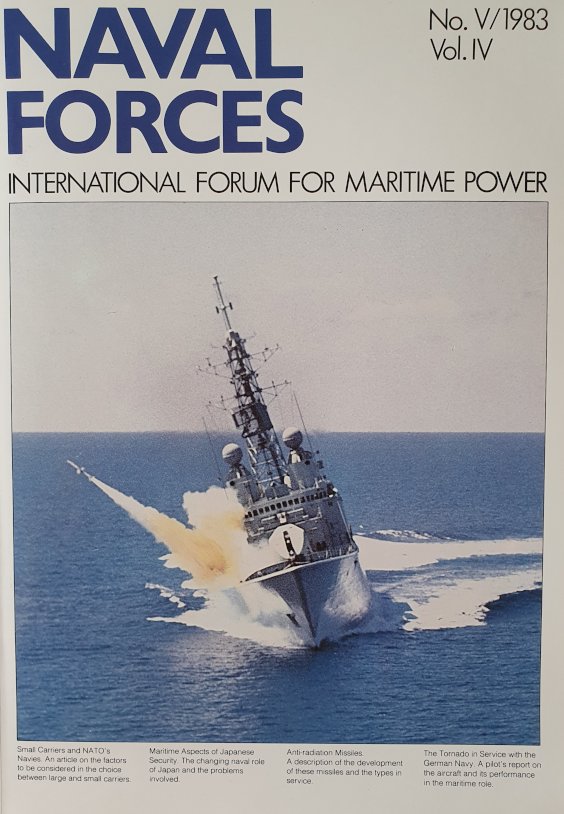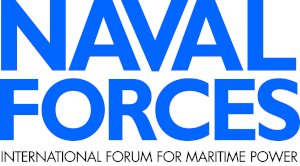Russia’s war in Ukraine reached the 500-day mark on Saturday, 8 July – a war that rages with no end in sight. And Russian President Vladimir Putin remains in power despite Ukraine conflict setbacks. But the future of Putin’s presidency is closely connected to the outcome of the ongoing Russia-Ukraine conflict. This brings us back to 1983 – at the height of the East-West Conflict. At that time, naval fleets in the West were faced with emerging threats – the most prominent at that time has been the submarine. In the event of war, the Soviet Navy would play a major role in deploying large numbers of submarines, including SSNs, for anti-shipping operations in the North Atlantic. Editorial director Vice Admiral Sir Ian McGeoch, in his Editorial in Naval Forces IV/1983, spoke out what could happen: In the event of Soviet aggression, the job of the Soviet Northern Fleet and Naval Aviation would be to impose heavy losses in large ship convoys in particular that are brought across the Atlantic and bound to the “Western Approaches” everywhere in Western Europe. Because of the potential threat to NATO shipping in the North Atlantic at that time, the admiral brought to the table that “defensively armed merchant ships” – fitted with an anti-submarine warfare helicopter, a point defence missile system and passive countermeasures – might be required “to enter a war zone” in order to keep a NATO member country and its allies supplied with the “sinews of war”. Otherwise, these merchant ships would be “singled out for concentrated air and submarine attack.” Avoiding heavy losses, convoys
of special importance, bearing military reinforcements and war materials, must be defended by “traditional” means – sufficient numbers of warships. So, the editorial director’s conclusion was: “The need for the largest possible number of the best available warships remains paramount.” So, retired Admiral Sir James Eberle, former British Commander-in-Chief Fleet (CINCFLEET), in his five-page Strategy and Naval Policy report, took a focus on the role of maritime power
that is simply not reduced to ‘deterrence’ but also embarks on ‘mobility’ and ‘flexibility’. However, he warned that a full-fledged strategy of ‘deterrence’, at the height of the Cold War, and after the end of the Falklands War (in June 1982), was not well-understood by the public and often underestimated by the politics. Taken the military campaign in the South Atlantic into consideration, he found that the British military presence was inadequate to prevent an effective
and almost bloodless ‘fait accompli’. He suggested that the power of Britain’s nuclear weapons was not relevant to that situation. So, ‘deterrence’ is and was not only concerned with nuclear weapons – all the vignettes associated with an increasingly aggressive Soviet Union during the 1980s showed that an adequate level of conventional forces was thus needed. Not only for deterrence of conventional war at the lower levels but also to give credibility to strategic deterrence. At the end of the day, “fuelling the fires” of the highly charged nuclear debate was
thus reality until at least the end of the 1980s. What we learned from that epoch is that nuclear weapons do not prevent an armed conflict.






